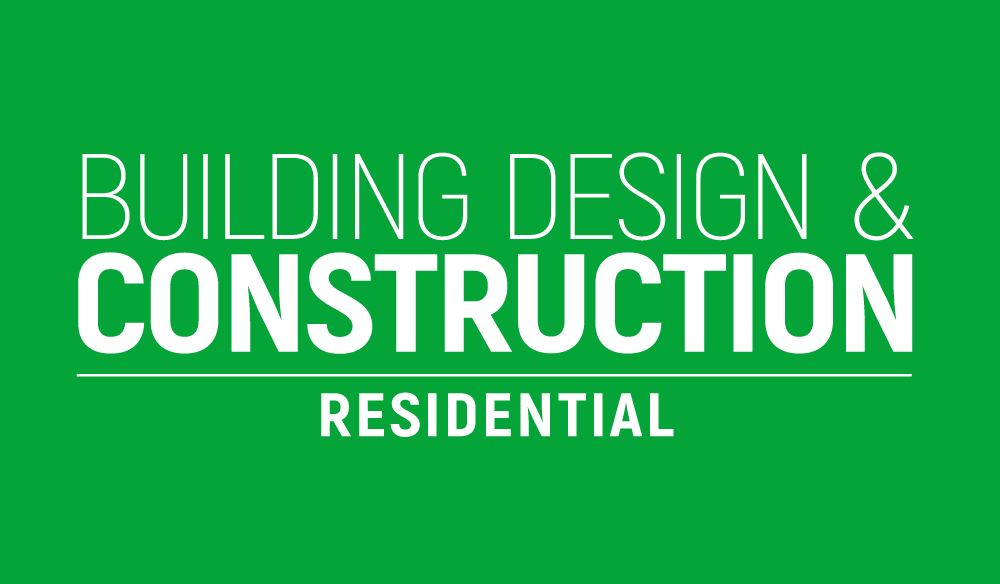How can building design create wellbeing for people and the planet? The sustainable buildings and communities concept Build for Life addresses multiple challenges in the building industry, based on a new way of thinking about our new and existing living places.
What if we could live more sustainably, connected and healthy? This is one of several fundamental questions addressed in the Build for Life concept, developed by VELUX who launched the Build for Life conference and rooted in a strong commitment to show how it is possible to build sustainably and enable happier and healthier living places.
Build for Life is founded on the understanding that the way we build today has an enormous impact on people, as well as the ecosystems that sustain us. It provides a compass for designers, city planners and building professionals along with suggestions for how to meet some of the most pressing dilemmas we face:
- Environment: Buildings alone are responsible for around 39% of global CO2 emissions and 40% of the world population need new homes (UNEP, 2015), meanwhile we need to reach net zero emissions before 2050 to curb the climate crisis. By using low impact materials and focusing on the LCA of a building we could meet the demand for increased housing without depleting the Earth’s resources.
- Healthy: We spend up to 90% of our time indoors but fail to build for a healthy indoor climate by applying a one-size-fits-all logic to our buildings and compromising on the quality of construction materials. By designing with healthy indoor principles and healthy materials we can create buildings that don’t just make you less sick but actually make you healthier.
- Affordability: 2.5 billion more people are expected to live in cities by 2050. At the same time most places worldwide have seen a substantial and steady increase in housing prices, making our built environment unaffordable for the people who would benefit from them the most. By designing a built environment that focuses on affordability by design, shared living, and new business cases we could unlock housing for the people that will benefit from it the most.
- Community: Even though we live closer, and are more connected than ever we feel more lonely, anxious and stressed. One in five people in Denmark, for instance, long for community and a sense of belonging. By designing a built environment that enables community through sharing, participation, identity, and safety we could increase wellbeing and improve overall health whilst reducing anxiety, loneliness, and stress.
“Homes and communities should be centred around healthy and regenerative design principles to be designed for both people and planet. Build for Life is more than a design concept, it is a way of thinking and living”, explains Lone Feifer, Director of Sustainable Buildings, the VELUX Group.
Build for Life is a regenerative approach for our future built environment
VELUX launches Build for Life as part of its wider sustainability strategy and as a contribution to the UN’s SDG11 (Sustainable Cities And Communities), taking its +18 years of best practices in sustainable buildings to a new, next level.

The concept is expanded in a Compass Model, outlining seven strategic drivers – flexibility, quality, environmental, healthy, community, local, affordability – to guide the building and development process. These drivers enable collaborators across sectors to follow an easy, open-source framework for developing and transforming buildings for the future.
Build for Life goes above and beyond the design level by shaping a new common language and way of thinking aimed at the entire industry, fuelled by the strong belief that only by working together across the industry we will be able to achieve healthier and more sustainable living places for all.
The Compass Model had been created in partnership with EFFEKT architects, MOE engineers, LeaderLab and the VELUX Group. The Compass is intended as a partnership platform and invites more partners with likeminded visions to lead the change within the built environment.
Leading by example: Principles for Living Places
To show how to build sustainably, the VELUX Group has, together with partners EFFEKT architects and MOE engineers developed five principles for practice examples. The principles take a point of departure in the typical market benchmark, and describe the different improvement and reduction as compared to that. The principles address healthy, scalable, shared, simple and adaptive.






